Migrating a website can be a challenging task. Many businesses, both large and small, face the need to transfer their sites to new platforms to keep up with growing demands. In this case, a well-planned website migration checklist can certainly simplify the process, providing a structured roadmap to follow.
This guide offers a comprehensive checklist designed to help you navigate the stages of website migration. By following this checklist, you can reduce the risk of errors, improve user experience, and preserve your website’s search engine optimization (SEO) performance.
Keep reading on to find out:
- What is website migration
- A comprehensive website migration checklist to follow
- When should you use our website migration checklist
- Potential challenges during the website migration process
Without any delay, let's get started!
What is Website Migration?
Website migration refers to the process of moving a website from one environment or platform to another. This transition could involve changing a content management system (CMS), switching servers, or updating the site’s URL structure. Businesses may also migrate to take advantage of new features or improve site performance.
There are several types of website migrations, each with unique challenges. Some common examples include CRM migrations, domain changes, website replatforming, and server migrations. For instance, a business may move from Shopware to Shopify for more advanced eCommerce features to further enhance their business. A company shifting to a new server for better site speed and security is also a highlighted example of website migration.
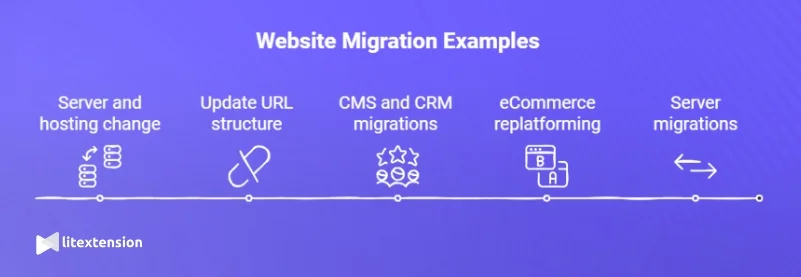
In these cases, a website migration checklist is crucial if you want to have a cautious approach to transferring your data. The checklist helps you stay organized, ensuring that every step is covered, from initial planning to post-launch testing. When executed correctly, a well-planned migration can bring lasting benefits for growth and performance.
A Comprehensive Website Migration Checklist for Growth
Our website migration checklist today is organized into four main stages, planning and preparation, platform setup and configuration, data mapping, and testing and quality assurance. Each stage focuses on key tasks that support your website’s growth, from safeguarding your SEO to optimizing user experience. By moving through each step carefully, we believe you can set up your site for a smooth transition and long-term success.
Stage 1. Planning and preparation
The first stage in our website migration checklist today is planning and preparation since it will set a solid foundation for your whole project. This phase involves everything you need to implement before starting the migration, including setting objects, establishing a detailed project plan, auditing your site, and so many more. We believe that effective planning helps anticipate challenges, allocate resources, and ensure a smooth transition.
Here's a comprehensive website migration checklist to follow during the first stage of your replatforming project:
Step 1. Define migration objectives and goals
- Set specific, measurable goals, such as maintaining or improving current traffic levels, reducing load times, or enhancing user experience.
- Align these objectives with broader business goals to ensure the migration supports long-term growth.
Step 2. Conduct a comprehensive site audit
- Review all existing pages, including URLs, metadata, and internal linking structure.
- Analyze website performance metrics such as page load times, bounce rate, and mobile usability.
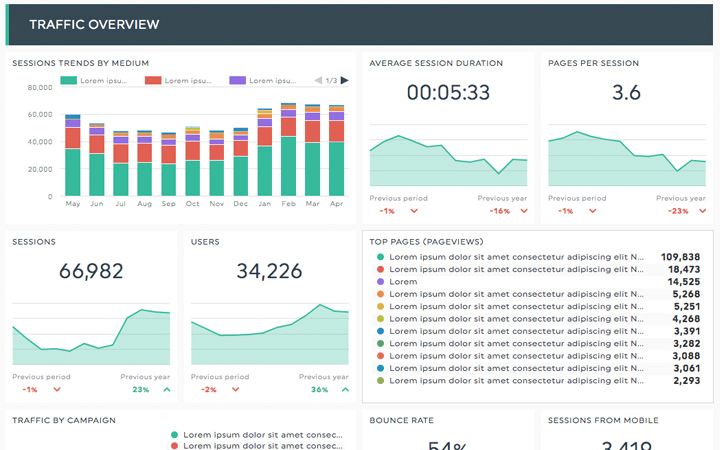
- Identify high-value pages, top-performing keywords, and critical content that need special attention to avoid SEO disruption.
Step 3. Develop a project timeline and milestones
- Break down the migration into phases (e.g., pre-migration, migration, post-migration) and set deadlines for each phase.
- Establish clear milestones to track progress.
- Assign responsibilities for each task, ensuring all team members are aligned and accountable for their roles.
Step 4. Outline technical requirements and resources needed
- Identify tools, software, and platforms required for the migration, including data migration tools, SEO plugins, and analytics software.
- List hardware resources, including servers, hosting, or cloud services that may need upgrading or configuration.
- Determine if specialized skills are needed (e.g., developers, SEO experts) and ensure their availability for the migration.
Step 5. Back up the current website and all critical data
- Perform a full backup of your existing website, including databases, media files, and configurations.
- Save copies of any custom code, scripts, or configuration files that will be used on the new site.
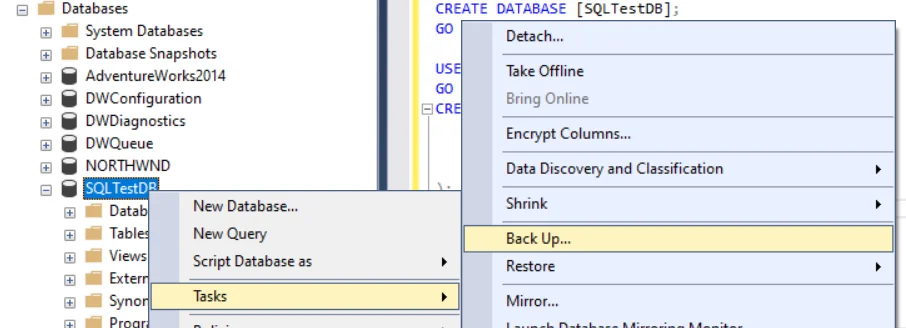
- Test the backup to ensure data can be restored if needed, reducing risk in case of unexpected issues during migration.
Stage 2: Platform setup and configuration
Now let's move on to the next stage in our website migration checklist: platform setup and configuration to prepare the new environment for a successful migration. This stage is essential for ensuring the new platform is secure, optimized, and fully compatible with your current website’s data and functionality.
Here’s a detailed checklist to guide you through this phase:
Step 6. Set up the new hosting environment
- Configure the server settings to match your site’s requirements, ensuring it can handle anticipated traffic and performance needs.
- Verify that the server has adequate storage, memory, and processing power to support the new site.
- Set up DNS records, if applicable, and ensure they are configured to point to the new hosting environment once the migration is complete.
Step 7. Configure security settings
- Set up SSL certificates on the new server to enable HTTPS, ensuring secure communication and data protection.
- Establish firewall settings and configure security plugins to protect against malware, unauthorized access, and other security threats.
Step 8. Prepare for database integration and configuration
- Set up the new database in your CMS or server environment, ensuring it’s compatible with your current site’s data.
- Test database connections to confirm that data can be transferred and accessed correctly in the new platform.
- Ensure that the database is configured to handle the volume of data you’ll be migrating, such as product catalogs, customer records, and content archives.
Step 9. Conduct initial testing of the new environment
- Perform initial tests of the setup, including page loading speed, security configurations, and CMS functionality, to confirm the platform is stable and ready for migration.
- Check the responsiveness and display of core site elements on multiple devices and browsers to ensure cross-device compatibility.
- Create a checklist of any issues found and address them before proceeding with the data migration stage.
Stage 3: Data Mapping
Data mapping is a critical step in the website migration checklist, as it ensures all necessary information from your existing site transfers seamlessly to the new platform. During this stage, you’ll establish a structured plan for migrating data like content, product details, customer information, and more.
Here’s a detailed checklist for successful data mapping:
Step 10. Identify all data types for migration
- List all types of data that need to be transferred, including web pages, blog posts, product information, customer accounts, order history, media files, and metadata.
- Determine any unique data structures, such as custom fields or categories, that must be migrated accurately to maintain functionality on the new site.
- Note any sensitive data (e.g., customer details or payment history) that may require additional security measures.
Step 11. Create a data mapping schema
- Develop a comprehensive data mapping plan that links each data type in the current system to its corresponding field in the new platform.
- For each data element, specify the field names, data format, and any necessary transformations (e.g., date format adjustments, currency conversions).
- Include mappings for SEO elements, such as page titles, meta descriptions, and structured data, to retain existing SEO value.
Step 12. Set up data migration tools
- Choose migration tools or scripts compatible with both the current and new platforms. Common tools include automated migration plugins, custom scripts, or third-party migration services.
- Configure the tools to map data according to your schema, ensuring the transfer preserves data structure and format.
- Test migration tools on a small dataset to confirm compatibility and accuracy before migrating the full data set.
Step 13. Prepare data for migration
- Clean up data by removing outdated, duplicate, or irrelevant information. This step reduces the migration workload and improves data quality on the new site.
- Standardize data formats across all records to ensure they match the structure required by the new platform.
Step 14. Migrate data in stages
- Begin with essential data, such as user accounts, products, and core content, to establish the foundation of the new site.
- Transfer all media files, including images, videos, and downloadable files, ensuring they retain their original quality and are correctly linked to relevant pages.
- Check image dimensions, file sizes, and formats to confirm they display correctly on the new platform.
Step 15. Validate migrated data
- Cross-check key data points on the new platform with the original site, verifying consistency and accuracy for essential information like prices, product descriptions, and user information.
- Check content alignment, formatting, and metadata to ensure they meet SEO requirements and display as intended on the new site.
- Use data validation tools or scripts to automate the checking process, reducing the risk of errors.
Stage 4: Testing and quality assurance
Now let's come to the final stage of our website migration checklist: Testing and quality assurance to make sure that the new site functions correctly and provides a seamless user experience. This stage involves thoroughly examining the migrated site for functionality, design, SEO, and performance issues.
Here’s a comprehensive website migration checklist for effective testing and quality assurance:
Step 16. Perform functionality testing
- Test all critical website features, including navigation menus, forms, search bars, and checkout processes (if applicable), to confirm they work correctly.
- Verify the functionality of third-party integrations, such as payment gateways, CRM systems, and analytics tools, to ensure they are properly connected and operating smoothly.
- Check user-specific features like login, registration, and account management to confirm users can access their information and perform actions without issues.
Step 17. Conduct cross-browser and cross-device testing
- Test the site’s appearance and functionality across multiple browsers (e.g., Chrome, Firefox, Safari, Edge) to ensure compatibility and consistency.
- Check the site on various devices, including desktops, tablets, and mobile phones, to confirm that it is responsive and provides a good user experience on all screen sizes.
- Identify and address any display issues, such as misaligned content or broken layouts, that could affect usability on different devices and browsers.
Step 18. Run SEO checks
- Verify that all 301 redirects are correctly implemented to ensure users and search engines are directed from old URLs to the new ones, preserving SEO value.
- Check key SEO elements, such as page titles, meta descriptions, header tags, and alt text for images, to confirm they have transferred correctly and align with SEO best practices.
- Ensure the robots.txt file and XML sitemap are properly configured and submitted to search engines, so your new site can be indexed efficiently.
Step 19. Conduct performance testing
- Test the site’s response under simulated high-traffic conditions (load testing) to confirm it can handle spikes in user activity without crashing.
- Measure page load times and site speed using tools like Google PageSpeed Insights or GTmetrix, ensuring the new site meets performance benchmarks.
- Address any performance bottlenecks by optimizing large images, reducing server response times, and implementing caching where necessary.
Step 20. Check data integrity and completeness
- Verify that all data, including product information, customer accounts, and order history, has been migrated completely and accurately.
- Spot-check user data, such as account details and purchase records, to ensure sensitive information is preserved and secure.
- Use data validation tools to confirm data consistency between the old and new platforms, identifying and resolving any discrepancies.
And that's everything to cover in our comprehensive website migration checklist!
As you can see, a website migration involves many steps and careful technical handling. If you don’t have the time or technical expertise to run the process yourself, our LitExtension experts are here to lift the burden off your shoulders!
Store Migration Made Easy With LitExtension!
LitExtension offers great migration solutions that help you transfer your data from the current eCommerce platform to a new one accurately, painlessly with utmost security.

When Should You Use Our Website Migration Checklist
Our website migration checklist is designed to guide you through a range of migration scenarios, ensuring a smooth and efficient process. Here are some situations where using this checklist is especially beneficial:
1. Switching to a new eCommerce solution
When you decide to replatforming your online business, for example, moving from WooCommerce to Shopify or from Salesforce Commerce Cloud to Shopify Plus, this checklist helps cover the essential steps to transfer all your data smoothly. It ensures you’re making the transition with minimal disruptions, setting up your new platform for optimized performance and customer satisfaction.
Here's a case study of a business migrating from one eCommerce platform to another to improve its performance and boost sales.
2. Migrating to a new hosting provider
Switching to a new hosting provider can significantly improve your website’s speed, security, and scalability. However, without a well-planned checklist, it’s easy to overlook crucial technical details that could lead to downtime or data loss. Our website migration checklist provides you with a detailed roadmap, covering every essential step in the process.
By using our comprehensive website migration checklist, you can save time and avoid potential issues that might arise, ensuring a seamless transition to your new environment and a better experience for users.
3. Redesign or rebranding your website
A website redesign or rebrand is a valuable opportunity to enhance your online presence and engage users with a fresh look. However, redesigns often involve changes to site structure, URL paths, and navigation, which can disrupt SEO rankings and confuse returning visitors if not managed carefully.
Our website migration checklist guides you through each step, from pre-launch planning to final testing, helping you maintain a cohesive brand experience while protecting your website’s SEO value. By following the checklist, you can map old URLs to new ones, implement 301 redirects, and ensure that all high-value content remains accessible.
4. Preparing for a high-traffic event
If you’re gearing up for a high-traffic event, such as a holiday sale, product launch, or promotional campaign, a website migration checklist can help you prepare. We can guide you through server optimizations, load testing, and caching configurations, ensuring your site is prepared for a surge in visitors. By following our checklist, you can proactively strengthen your site’s performance and stability.
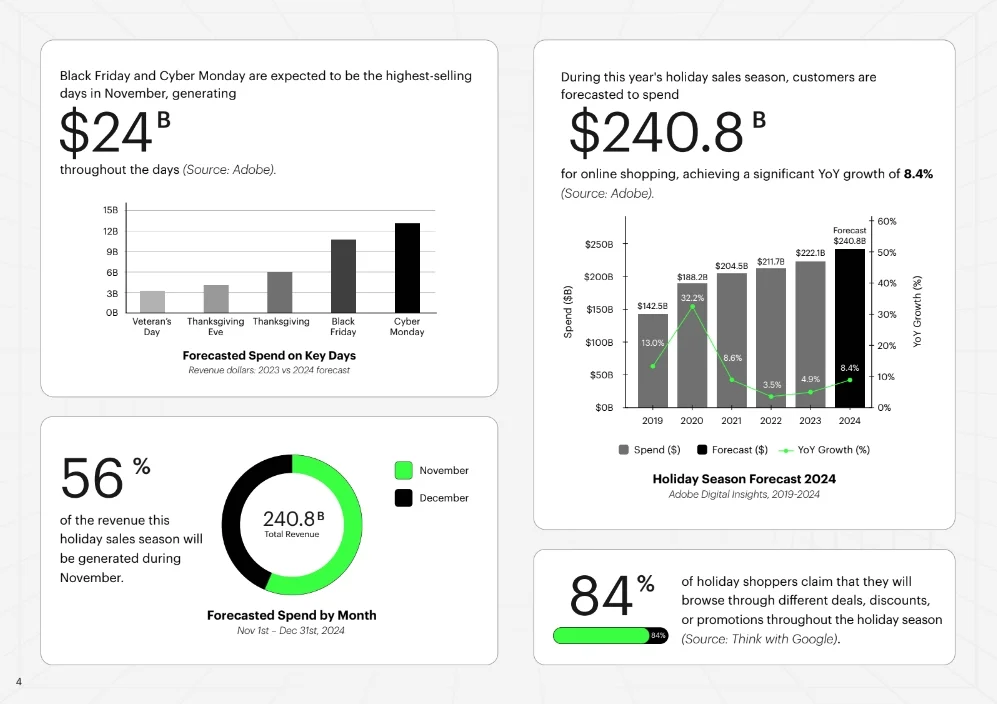
Potential Challenges During Website Migration
Website migration is a complex process that often comes with a range of challenges. Therefore, addressing these potential issues ahead of time can help ensure a smoother transition and minimize disruptions.
With over 10 years of experience working with thousands of clients, we have listed out the most common challenges during website migration that our customers have encountered as follows.
1. SEO impact and traffic fluctuation
One of the most significant concerns during a website migration is the potential impact on search engine rankings and organic traffic. Migrating URLs, changing domain names, or updating site structure can lead to a temporary drop in rankings if not managed carefully.
To prevent this, you can consider migrating with LitExtension and our SEO URL Migration Services. We will maintain your site structure and change the domain name while ensuring all your essential data will be transferred to a new platform completely and securely. This way, you can preserve search engine visibility and organic traffic after the website replatforming project.
Seamlessly migrate your store to a more robust place!
LitExtension safely perform your website migration project to unlock more growth on the new platform.

2. Data integrity
Data integrity is critical, especially if your site handles sensitive information like customer accounts, orders, or product details. During migration, there’s a risk of data loss or corruption, particularly when transferring large volumes of data.
Therefore, before starting the migration, our advice is to back up all data and verify the completeness and accuracy of each data set. Conduct thorough tests post-migration to ensure all data, including product images, descriptions, and pricing, has transferred accurately. Using data validation tools or hiring experts to assist with data mapping and verification can prevent costly mistakes.
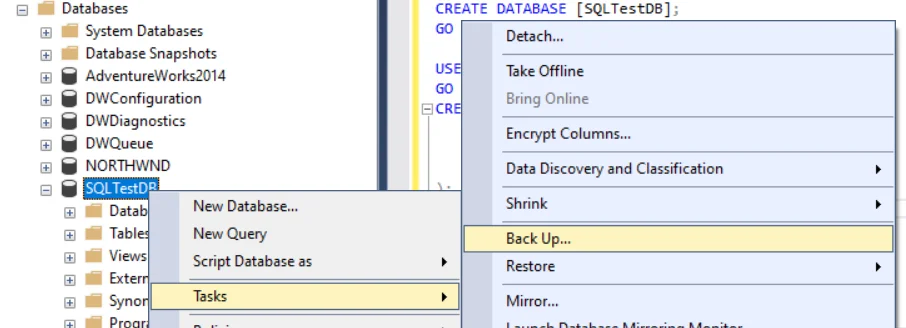
3. Downtime and performance issues
Unexpected downtime or performance issues can lead to a poor user experience, affecting customer satisfaction and potentially resulting in lost sales. To avoid this, schedule the migration during low-traffic periods and have a backup plan in place in case of unexpected technical issues. Performance testing, including load testing and speed optimization, should be part of your checklist to ensure the new environment can handle traffic effectively. Implementing caching and optimizing server settings can further minimize the chances of slow load times or crashes.
4. Compatibility and functionality errors
Migrating to a new platform or updating site features can lead to compatibility issues with themes, plugins, or custom functionalities. These errors can cause certain features or pages to break, impacting the user experience. Before launch, test all functionality, including forms, shopping cart processes, and integrations with third-party tools like analytics or payment gateways. Cross-browser and device testing can help you identify any display or usability issues, ensuring that the website functions smoothly across all user environments.
Website Migration Checklist – FAQs
How to plan a website migration?
Planning a website migration involves setting clear goals, defining a project scope, and organizing resources to ensure a smooth process.
- Start by identifying why you’re migrating and outline specific objectives to guide the project.
- Conduct a thorough site audit to assess content, SEO elements, and technical aspects that need to be migrated.
- create a detailed timeline with milestones for each migration phase and assign tasks to the appropriate team members.
What is a migration checklist?
A migration checklist is a structured guide that outlines all essential tasks for a successful website migration. This checklist serves as a step-by-step roadmap, covering everything from pre-migration preparation to post-launch testing.
What are the key issues to consider when a website is performing a site migration?
During a site migration, several key issues can impact the migration’s success, including:
- Data integrity
- Downtime and performance issues
- Compatibility and functionality errors
- SEO impact and traffic fluctuation
Does migrating websites affect SEO?
Yes, migrating websites can impact SEO if not managed carefully. Changes in URL structure, domain, or content layout can lead to a temporary drop in search engine rankings if you don’t preserve critical SEO elements.
To protect your rankings, consider using LitExtension SEO URL Migration Service to minimize any downside of website replatforming.
Final Thoughts
In short, website migration is a significant undertaking that requires careful planning, organization, and attention to detail. By following a comprehensive website migration checklist, you can navigate each stage with confidence and minimize the risk of errors, downtime, or disruptions to SEO.
Remember that every migration is unique, and addressing potential challenges early on will make the process smoother. Therefore, don’t hesitate to contact LitExtension experts if you have any questions or inquiries. We are available 24/7 to cater to your problem and ensure your website replatforming project runs smoothly.

